In thewarmth of an azure summer night, like a goddess, a nude female figure,surrounded by billowing sheets, watches over a sleeping child. At first glance,the viewer is struck by the beauty of this composition's pictorial writing, butsoon mystery surrounds its enigmatic iconography. It's by reading the lines ofCesare Ripa's precious treatise “Iconologia” - published in 1593 and intendedto “serve poets, painters and sculptors in representing human virtues, vices,sentiments and passions” - that the veil is lifted on the scholarly meaning of ourpainting. This woman, holding an oil lamp in one hand to light the night and abell in the other to warn of danger, is the embodiment of Vigilance. Therooster over her shoulder, symbolizing Vigilance, scans the horizon to warn ofperils. Usually, this allegorical representation stands on its own, so how dowe explain the presence of this delightful sleeping child wearing a crown offlowers? Our knowledge of botany has given us the beginnings of an answer:these are not ordinary flowers, but poppies characterized by butterfly-shapedbuds. And it's in Cesare Ripa's treatise that we find the interpretation ofthis other allegory: this child crowned with poppy flowers embodies theforgetfulness of love. Sleeping Love illustrates the idea that Lovers quicklyforget their beloved subject, the ardor they show during the conquest of lovewaning once the other has been tamed. The poppy symbolizes sleep and oblivion,the two effects of the flower on those who use it, the two ideas comingtogether in the general idea of oblivion. This carnalmasterpiece leads us irrevocably to the man who dominated Venetian painting inthe mid-17th century: Pietro Liberi. A fertile artist with an inexhaustibleimagination, the man nicknamed “Il Libertino” (the libertine) because of hislicentious compositions, is the undisputed master of allegory and so-called“scholarly” painting. Historians explain this by Liberi's probable Rosicrucianknowledge, as well as his study of the cabala and alchemy.
The work isset in a spectacular “Sansovino” frame in carved, gilded and brown rechampiwood, custom-made by one of Italy's finest craftsmen.
Dimensions: 96,5 x 128 cm – 123,5 x 155,5 cm with the frame
Biography :Pietro Liberi (Padua 1614 - Venice 1687) was a central figure in the Baroque evolutionof Venetian painting in the second half of the 17th century. Liberi's life iswell documented thanks to Count Galeazzo Gualdo Priorato, who published hisbiography in 1664. After spending an adventurous youth fighting the Turks andtraveling throughout Europe, his artistic vocation was consolidated in Rome,where he probably frequented the studio of Pierre de Cortone. A stay in Tuscanyfollowed, where he experimented with everything from Cesare Dandini's vouettismto Guido Reni's classicism. But it was not until his definitive return toVenice that Liberi became aware of his own stylistic mannerisms, returning himto a very carnal evocation of Veronese's pictorial universe. A prolific artistof great artistic flair, protected in Vienna by Archduke Leopold Wilhelm andEmperor Leopold I, he was the official painter of the Republic of Venice.Pietro Liberi decorated churches, palaces and villas, and his most prestigiouscommissions include: Among his most prestigious commissions were The Battle ofthe Dardanelles (Palazzo Ducale, Venice), The Bronze Serpent (Cathedral of SanPietro in Castello), The Flood (Church of S. Maria Maggiore, Bergamo), TheAnnunciation (Church of the Salute, Venice) and The Mystical Marriage of SaintCatherine (Church of S. Caterina, Vicenza). His son Marco (c. 1644 - c. 1691),also a painter, was one of his imitators.
Bibliography:
- RUGGERI,Ugo, Pietro e Marco Liberi, pittori nella Venezia del seicento, Stefano PatacconiEditore, 1996.
- LUCCO,Marco, La pittura nel Veneto, Il Seicento, Electa, 2000.
- MARTINI,Egidio, Pittura Veneta e altra Italiana dal XV al XIX secolo, StefanoPatacconi Editore,
- SAFARIK,Eduard Alexandr, MILANTONI, Gabriello, La pittura del Seicento a Venezia,dans le catalogue collectif La Pittura in Italia. Il Seicento, Tome I, BancaNazionale dell’Agricoltura, 1988
- LOIRE, Stéphane, Peintures italiennes duXVIIe siècle du musée du louvre, Gallimard/Musée du Louvre Editions, 2006.
- PRIORATO,Galeazzo Gualdo, Vita del cavaliere Pietro Liberi, pittore padovano, Editiontardive Tipogragia Paroni, 1664/1818.
- RIPA Cesare, traduit par BAUDOIN Jean, Iconologieou les principales choses qui peuvent tomber dans la pensée touchant les viceset les vertus sont représentées sous diverses figures, Paris, 1643.
- BAR Virginie, BREME Dominique, DictionnaireIconologique, les allégories et les symboles de Cesare Ripa et Jean Baudoin,Editions Faton, 1999.









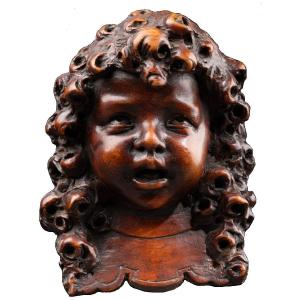
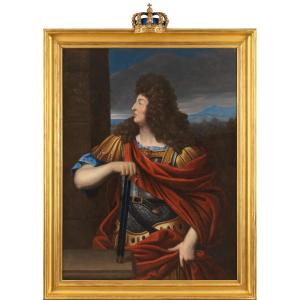



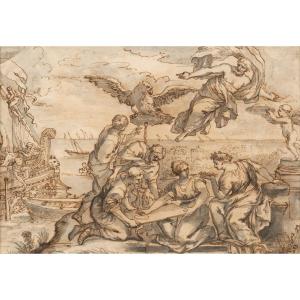







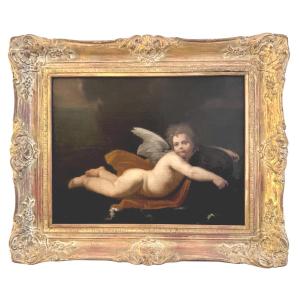
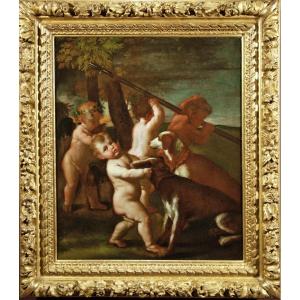





 Le Magazine de PROANTIC
Le Magazine de PROANTIC TRÉSORS Magazine
TRÉSORS Magazine Rivista Artiquariato
Rivista Artiquariato